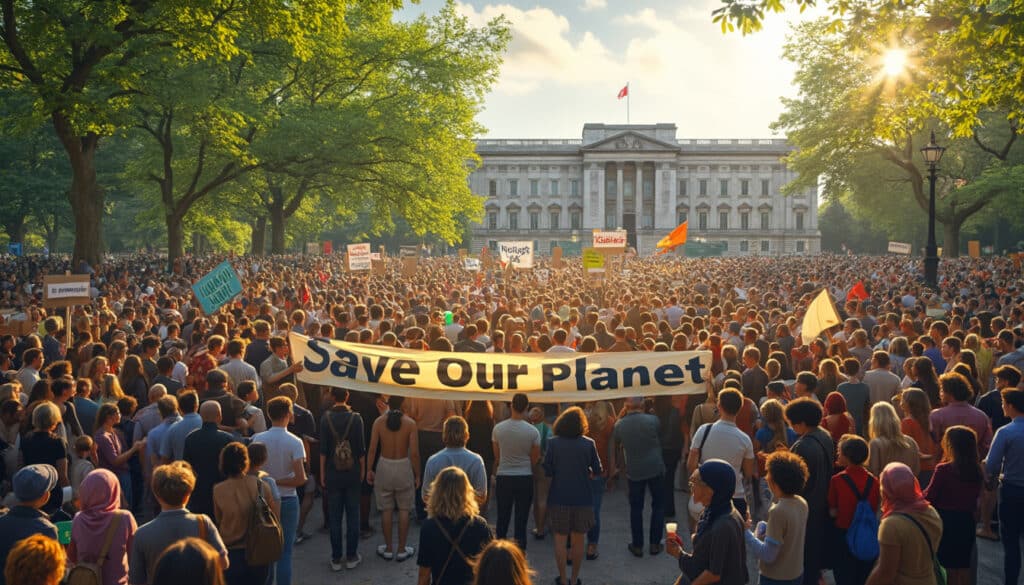
The challenges of ethnic diversity in environmental groups
The fight for ethnic diversity within environmental groups in the United Kingdom continues to face obstacles. While these organizations play a crucial role in protecting the environment, their leadership teams remain predominantly composed of white individuals. This situation was recently highlighted by Areeba Hamid, co-director of Greenpeace, who expressed her frustration over this lack of diversity.
Comparison with other sectors
In comparison with other sectors, the representation of individuals from ethnic minorities in environmental organizations is very low. While 16% of the British workforce identifies as being part of a minority ethnic group, only a tiny proportion of these individuals work in the environmental sector. This ethnic disparity is even more pronounced in larger organizations that often have a lower percentage of diversity than their smaller counterparts.
Progress and prospects for the future
Despite initiatives aimed at improving diversity ethnic diversity, many efforts remain to be made. The annual report on racial action in climate emergencies highlights slow progress. Researchers have found that large environmental organizations, employing between 500 and 1000 people, have a rate of only 1.8% of employees from ethnic minorities. This figure sharply contrasts with smaller entities that manage to achieve an average of 14.1%. These statistics indicate that the future of diversification in the sector is still fraught with challenges.
Articles similaires
Thank you!
We will contact you soon.














